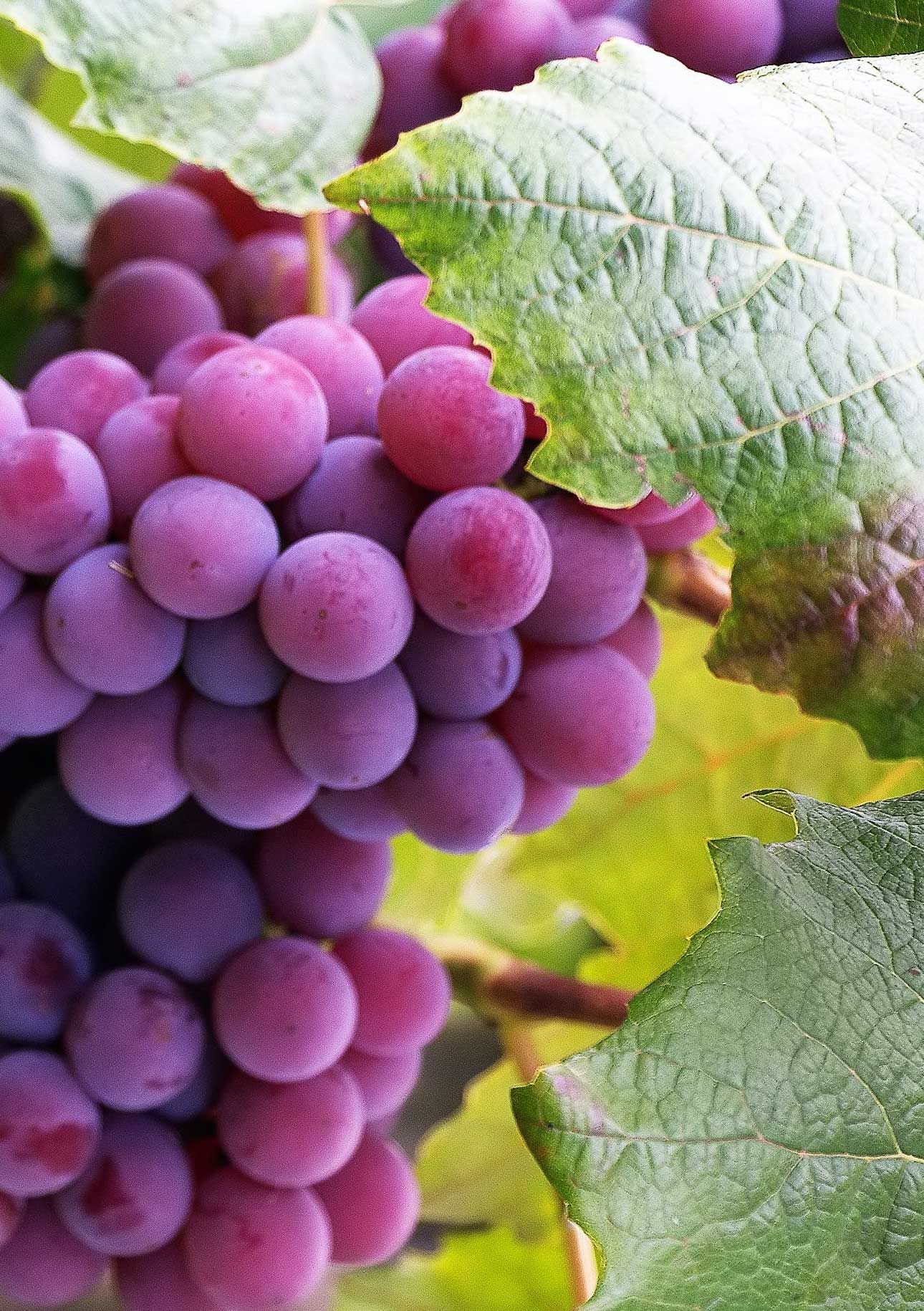
THE NATURAL HELP TO SUPPORT COGNITIVE BRAIN FUNCTIONS
Why choose cognigrape™
cognigrape™ is a powder extract obtained from red grape juice (Vitis vinifera L.).
The grape polyphenolic compounds contained in COGNIGRAPE™ can be considered a natural aid in supporting cognitive health, mainly thanks to anthocyanins and proanthocyanidins’ antioxidant effect.
SUGGESTED DOSAGE 250 MG/DAY

health benefits
Grapes
Characteristics, plant life cycle, and seasonality
Vitis vinifera is a common grape vine native to Europe, especially the Mediterranean region, and Central Asia. The grapevine has an annual cycle divided into two main phenological phases: vegetative activity and reproductive activity. The first phase begins in March with the “pianto” which consists of the emission of lymphatic fluid at the level of the cuts done during pruning. This will allow the trunk and shoots to regain the water and minerals lost during the cold season.
Subsequently, sprouting occurs with the appearance of the first leaflets. During this vegetative stage, leaflets grow and shoots develop until August (a period known as agostamento) when they ripen and turn brown.
The reproductive activity begins between May and June, at the same time as the vegetative, when flower opening occurs. This stage is very delicate as it can be compromised by a sudden frost or heavy rain.
The phase of “allegagione” (fruit setting) follows, where flowers turn into fruit: grapes. As time goes by, they become larger while the unfertilized flowers fall off.
The vegetative activity ends with the beginning of the ripening of the grape, a phase called “invaiatura”. Indeed, between August and September, grapes change color. Later, the grapes ripen and their harvesting takes place according to their use.
During winter months the grapevine will enter the resting phase where it prepares for a new production cycle.


About grapes
Uses, traditions and folk medicine
The origin of grapes dates back thousands of years and in the Caucasus regions between Turkey and Iran, where wild varieties such as Vitis Silvetris grew. Indeed, it seems that the origin of the famous European vine Vitis vinifera is actually Asian. It then spread to Europe where the Greeks began to learn various cultivation techniques to exploit the properties of its fruits. However, it was the Phoenicians who introduced it into the Mediterranean basin and then the Romans who marketed it throughout the West. With human exploration and migration, grapes spread throughout the world: European navigators brought European grape varieties with them to the New World, contributing to the growth of the wine industry in regions such as Latin America, Australia, and California. Today, grapes are cultivated in many climatically different regions, resulting in a wide range of grape varieties and unique wine productions.
The importance of grapes is not only limited to wine production; it is a versatile fruit eaten fresh, dried, or processed into juice and extracts, and its role in cultural traditions is deeply rooted in many societies around the world. In the French vineyards, the viticulture is celebrated with thousand-year-old rituals and food and wine festivals. In Spain, it becomes a table grape or aromatic wine, celebrated in the Fiesta de la Vendimia. Greek culture associates grapes with Dionysus, the god of wine and celebration. Moreover, the grapes, the seeds, the skin, and the juice have long been valued in traditional health remedies for their benefits. Thanks to the high content of antioxidants, vitamins and minerals, and polyphenols, the grape is considered a natural elixir with several health applications ranging from the support of gastrointestinal, cardiovascular, and immune systems to one of the most innovative for cognitive functions.
